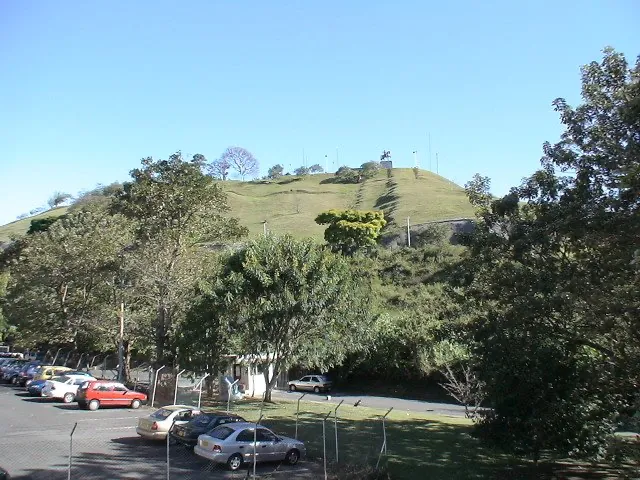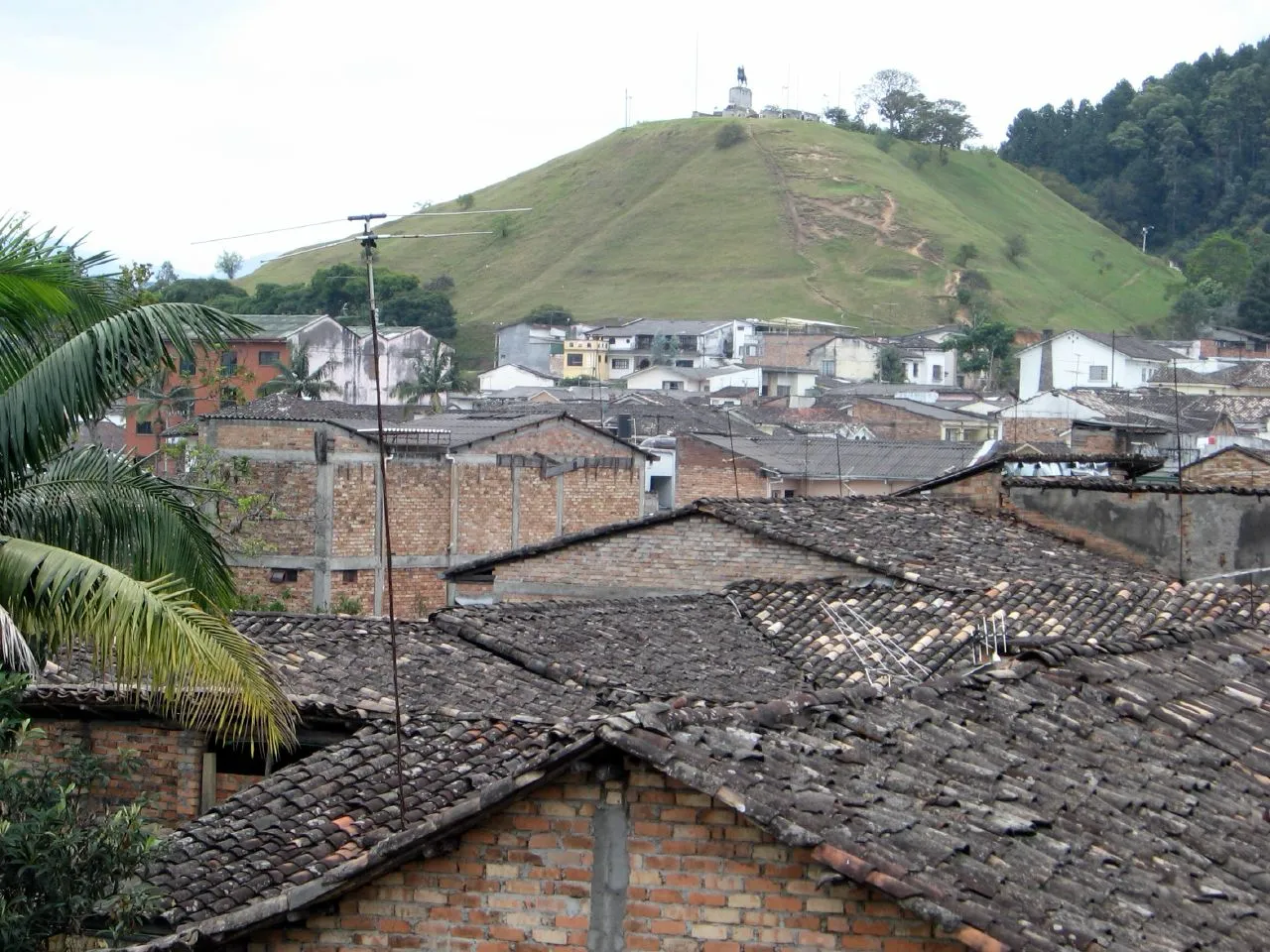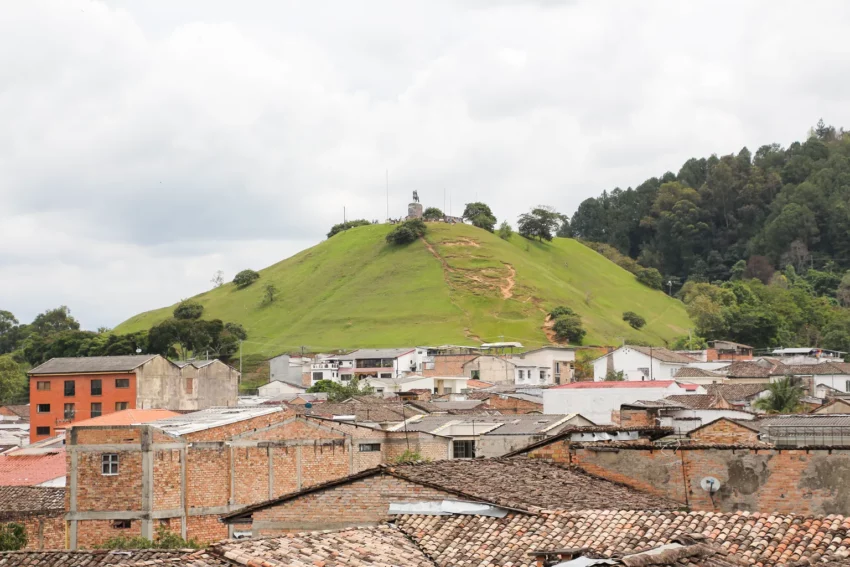El Morro del Tulcán: A Silent Witness to Colombia’s Past
Rising from the Colombian city of Popayán, El Morro del Tulcán is an ancient earthen pyramid. More than just a mound of dirt, it’s a window into the lives of the Pubenza people, a sophisticated culture who inhabited the region long before Spanish conquistadors arrived.
Get your dose of History via Email
For centuries, El Morro del Tulcán lay unnoticed, mistaken for a natural hill. But in the 20th century, archaeologists recognized it as a significant pre-Columbian structure, a testament to the Pubenza’s engineering skills and spiritual beliefs.
Radiocarbon dating places the mound’s construction between 500 and 1600 AD. Its exact purpose remains a mystery, but several theories prevail.

A Stage for Ceremonies
One theory suggests El Morro del Tulcán served as a ceremonial center. Its flat top provided a perfect platform for gatherings and rituals, while its precise alignment might hint at astronomical significance. Perhaps the Pubenza people used it to track the stars, essential for their agricultural practices.
A Final Resting Place
Archaeological evidence also suggests El Morro del Tulcán may have been a burial ground for important figures. Unearthed human remains and artifacts lend credence to this idea. The mound could have been a sacred space where the community honored their ancestors and leaders.
A Silent Sentinel
The arrival of the Spanish marked a turning point for El Morro del Tulcán. Unaware of its cultural importance, the conquistadors used it as a lookout point. Over time, the mound became integrated into Popayán’s urban fabric.
Today, El Morro del Tulcán is a protected archaeological site and a source of pride for Colombians. It serves not only as a reminder of the region’s pre-Columbian past but also as a green space and cultural venue, bridging the gap between the past and present.

Efforts to Preserve a Legacy
El Morro del Tulcán’s remarkable resilience is a testament to its construction techniques and the reverence it commands among locals. Restoration and conservation efforts ensure this silent witness continues to be a vibrant part of Popayán’s heritage for generations to come.

